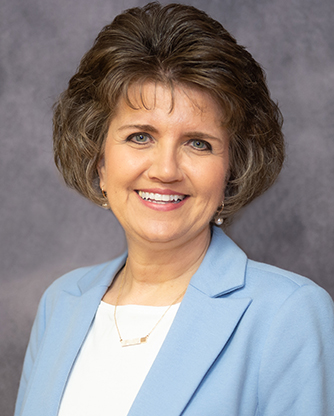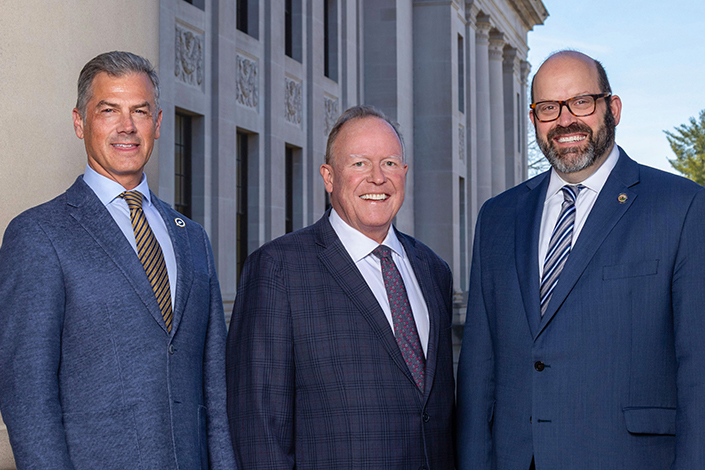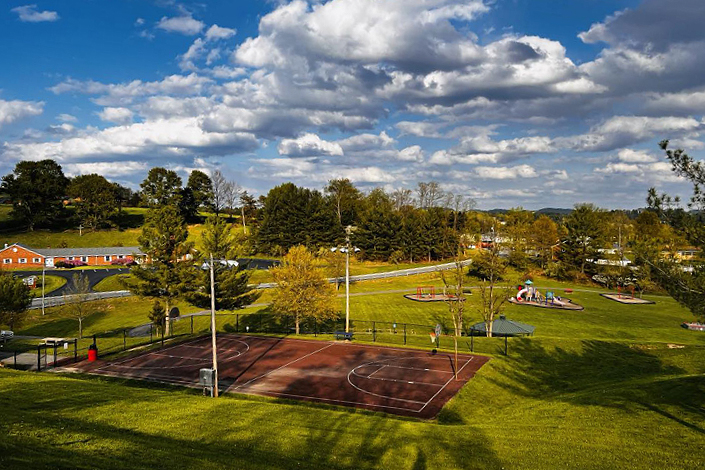Executive Director, Mingo County Redevelopment Authority

By Kenzie Dye
Born in Logan County, WV, and raised in Mingo County, Leasha Johnson describes herself as a proud daughter of Appalachia who has called the Mountain State home her entire life. Her blue-collar upbringing, which mirrored that of her fellow Southern West Virginia peers, shaped the values that drive her today.
As executive director of the Mingo County Redevelopment Authority (MCRA), Johnson has spent nearly 21 years revitalizing her home county. She oversees operations ranging from fiscal planning and regulatory compliance to strategic initiatives, but the organization’s true mission lies in transforming the region’s economic landscape. Under her leadership, post-mined lands have been repurposed for infrastructure, education and recreation.
“The foundation of these efforts rests upon Mingo County’s pioneering Land Use Master Plan,” Johnson says. “This groundbreaking plan has enabled us to forge innovative, public-private partnerships with coal and land companies as well as regulatory agencies in order to initiate projects that will fundamentally reshape Mingo County’s future.”
Johnson says the MCRA’s proudest achievements include the construction of a 15-mile section of the King Coal Highway, establishment of the Southern West Virginia Regional Airport and Mingo Central High School and the construction of the Twin Branch Motor Sports Complex.
“These projects represent not just a physical transformation of our landscape but a strategic investment in Mingo County’s future growth, prosperity and sustainability,” she says.
The development of the airport positioned Mingo County to receive a $2.9 million congressionally directed spending award from NASA for an Advanced Air Mobility (AAM) education program.
“The implementation of AAM technologies in Mingo County and throughout the state promises dual economic and social dividends,” Johnson says. “This initiative stands to reconnect historically isolated and underserved communities with essential resources and services.”
Johnson’s dedication extends beyond economic development. She serves as a mentor at the Harvard Kennedy School’s Taubman Center, guiding future public sector leaders in enhancing governance frameworks at state, county and municipal levels. Johnson also sits on the Coalfield Community Action Partnership Board, which enables her to influence policies, program designs and funding allocations that support the region’s most vulnerable populations.
Alongside her professional roles, Johnson is active in her community. She has volunteered with the Williamson chapter of the General Federation of Women’s Clubs, raising funds for women’s shelters and scholarship programs. She has also dedicated time to the Hatfield McCoy Marathon, welcoming runners from across the country to experience the region’s rich history and hospitality.
Johnson and her husband, Ronnie, regularly contribute to a local recovery mission that helps individuals who are overcoming addiction, providing housing, transportation and mentorship.
“Our contributions to this mission reflect our belief in both individual transformation and regional revitalization, recognizing that personal healing and community renewal are inextricably linked in creating a more resilient Appalachia,” she says.
While she has a myriad of professional achievements, Johnson finds her greatest joy in family. She and Ronnie have been married for 34 years, and their lives were forever changed in October 2023 with the birth of their first grandchild, Oliver.
“The love and joy he has brought into our lives is indescribable,” she says. “It reminds me daily why I do this work— to build a future that is bright for the next generation.”
The Mountain State is not just where Johnson works—it is the tapestry of her life.
“I choose to live and work in West Virginia because it resonates with the essence of home for me,” she says. “Our communities embody warmth, compassion, authenticity and generosity that distinguish them from broader populations and characterizes our Appalachian culture as one of extraordinary resilience.”








